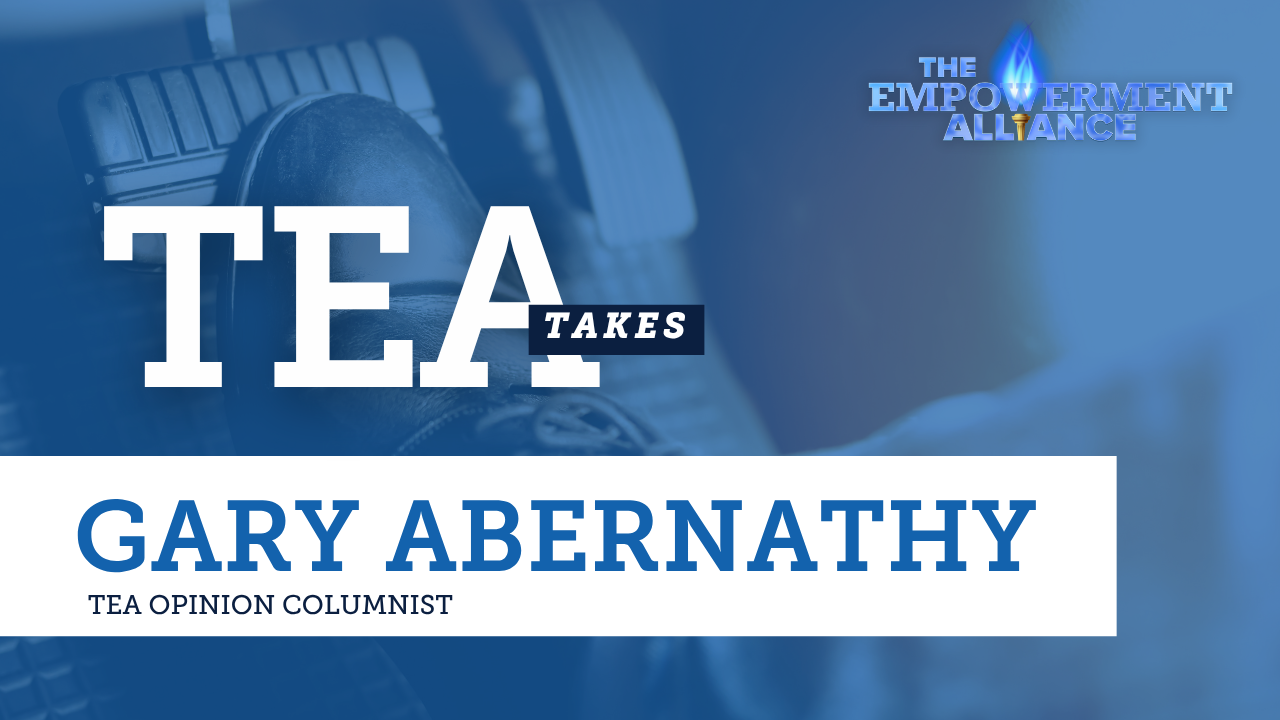
Pumping the Brakes on Alternative Energy
July 2, 2025
Guaranteeing reliable energy is crucial. Ending subsidies, credits for ‘alternatives’ is just as important.
By: Gary Abernathy
The Trump administration’s impressive efforts to reboot traditional, reliable energy in the U.S. are a godsend not only for Americans but for people around the world. Whether reversing Biden-era prohibitions against offshore drilling or fast-tracking permits for natural gas exploration and extraction, President Trump’s devotion to utilizing the most abundant and affordable energy sources on earth will keep Americans prosperous, healthy and free.
But breathing new life into tried-and-true energy resources is only half the battle. Just as important is putting the brakes on the disastrous expansion of so-called renewables like wind and solar when their existence depends on subsidies and other life-support measures. The vaunted “all of the above” approach to energy is reasonable only when “all” are able to compete on a level playing field and demonstrate they are reliable and profitable.
To be sure, there are instances where alternative energy is effective and economically sustainable – particularly at the micro level. Many homeowners have chosen to install rooftop solar panels to assist in their household power needs. Micro wind turbines are being utilized in limited capacity to perform such tasks as pumping water or charging batteries. In both cases, the technology is cost-effective for the intended limited purposes.
But the large-scale wind and solar farms that have sprouted up across the country are almost wholly supported by government subsidies and tax credits. As noted in January by the Institute for Energy Research, “Treasury Department figures show that subsidies for wind and solar dwarf all other energy-related provisions in the tax code, costing $31.4 billion in 2024, and are expected to cost taxpayers $421 billion more between 2025 and 2034 based on the subsidies in the Biden-Harris climate bill.”
The report added, “Federal tax expenditures for the investment tax credit (ITC) and production tax credit (PTC), which are the primary drivers behind the deployment of wind and solar energy, are, by far, the most expensive energy-related provisions in the federal tax code. Between 2025 and 2034, the ITC and PTC will account for more than half of all energy-related tax provisions.”

Those ballooning subsidies and credits are at odds with a government dedicated to shrinking the size of the federal bureaucracy, and they create an unbalanced and non-competitive energy marketplace. To that end, Trump presented a budget outline in early May that slashed subsidies for alternatives and cut billions from “climate change” programs favored by his predecessor.
According to Reuters, in addition to ending most subsidies, the energy budget proposal “cancels more than $15 billion in carbon capture and renewable energy funding” from President Biden’s misleadingly named Inflation Reduction Act of 2021. Also ended would be about $1.3 billion in grants issued by the National Oceanic and Atmospheric Administration for “climate-dominated research.”
The story added, “The plan reorients Energy Department funding toward research and development of technologies that could produce an abundance of oil, gas, coal and critical minerals, nuclear reactors and advanced nuclear fuels, the White House said without further details.”
As of this writing, a battle is raging in Congress about the alternative energy cuts included in Trump’s “big, beautiful” bill. Some Senate Republicans want to extend the length of time before energy credits sunset. As reported by The Hill, the Senate version allows solar and wind farms that begin this year to receive the full credits.
“Before, when the bill was in the House, it demanded that those projects start only 60 days after the bill passed, essentially leaving no time for new clean energy investments,” The Hill reported. “The Senate is also allowing projects that begin construction in 2026 to receive 60 percent of the credit, in 2027 to receive 20 percent and in 2028 to receive no credits.”
Trump’s reaction to the more lenient Senate provisions has been unequivocable. “I HATE ‘GREEN TAX CREDITS’ IN THE GREAT, BIG, BEAUTIFUL BILL. They are largely a giant SCAM,” he posted on social media. “Windmills, and the rest of this ‘JUNK’ are the most expensive and inefficient energy in the world, is destroying the beauty of the environment, and is 10 times more costly than any other energy. None of it works without massive government subsidy (energy should NOT NEED SUBSIDY!). Also, it is almost exclusively made in China!!! It is time to break away, finally, from this craziness!!!”
Trump’s bombastic style aside, it’s hard to argue with his main points. Still, political realities – lawmakers worrying about curtailing jobs in their states already underway or in the pipeline – mean a final bill will probably include more subsidies for more years than Trump would prefer.
But even if it’s not ideal, the bill that comes out of the current Congress will still represent a comparative about-face from the draconian mandates, subsidies and credits for alternatives foisted upon us by the Biden administration. However imperfect the coming budget bill might be, our energy future will indeed be big and beautiful compared to what could have been.
Gary Abernathy is a longtime newspaper editor, reporter and columnist. He was a contributing columnist for the Washington Post from 2017-2023 and a frequent guest analyst across numerous media platforms. He is a contributing columnist for The Empowerment Alliance, which advocates for realistic approaches to energy consumption and environmental conservation. Abernathy’s “TEA Takes” column will be published every Wednesday and delivered to your inbox!